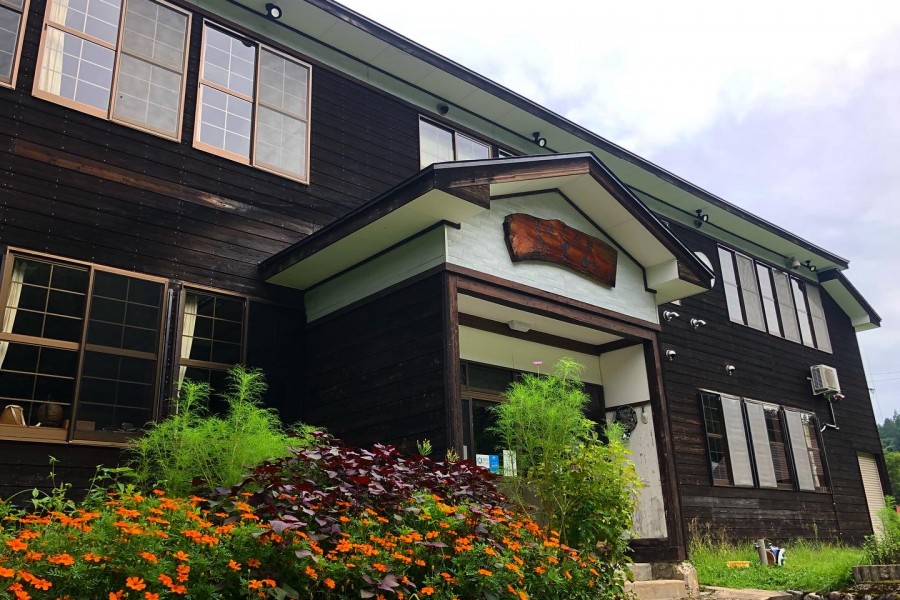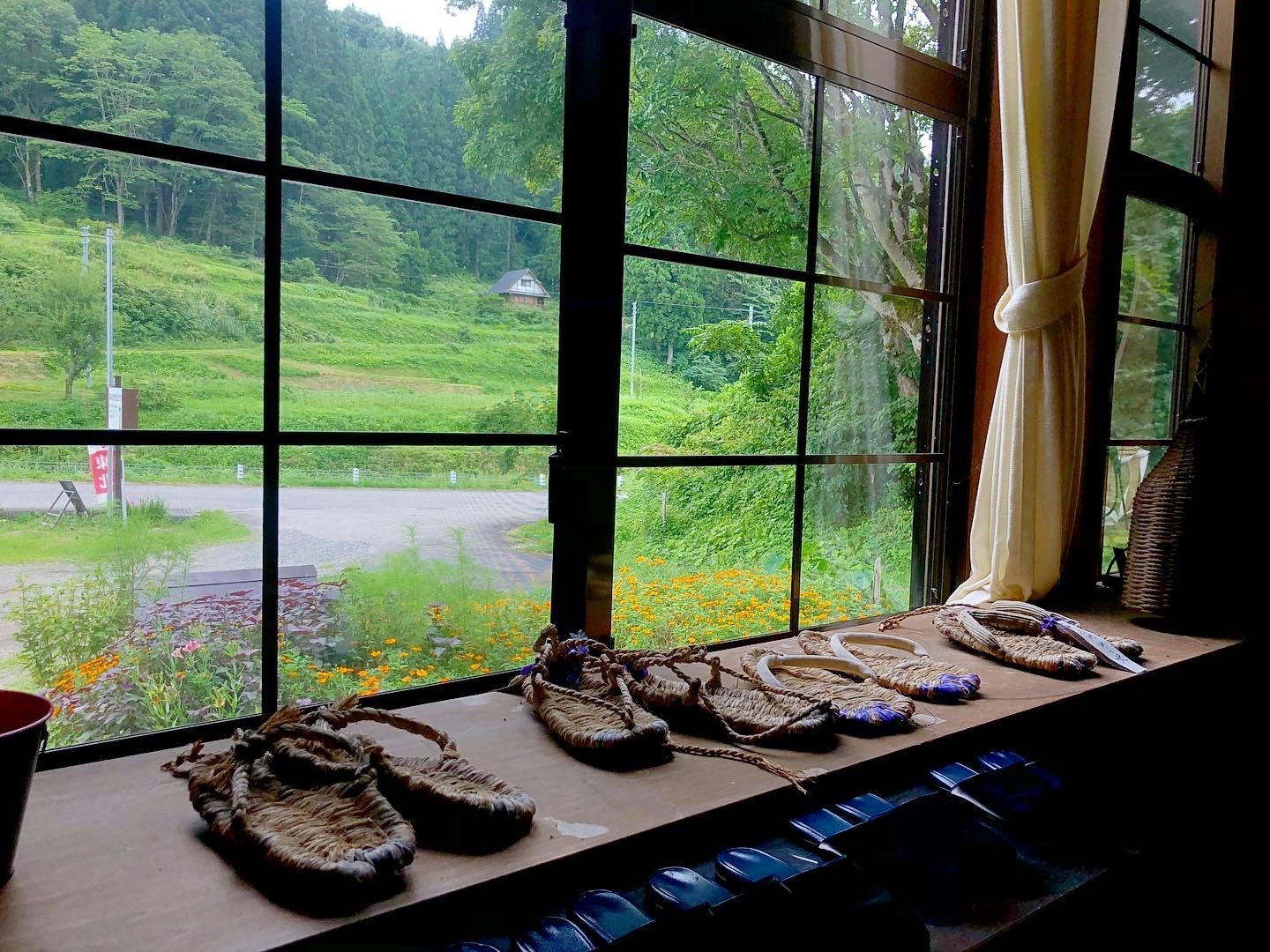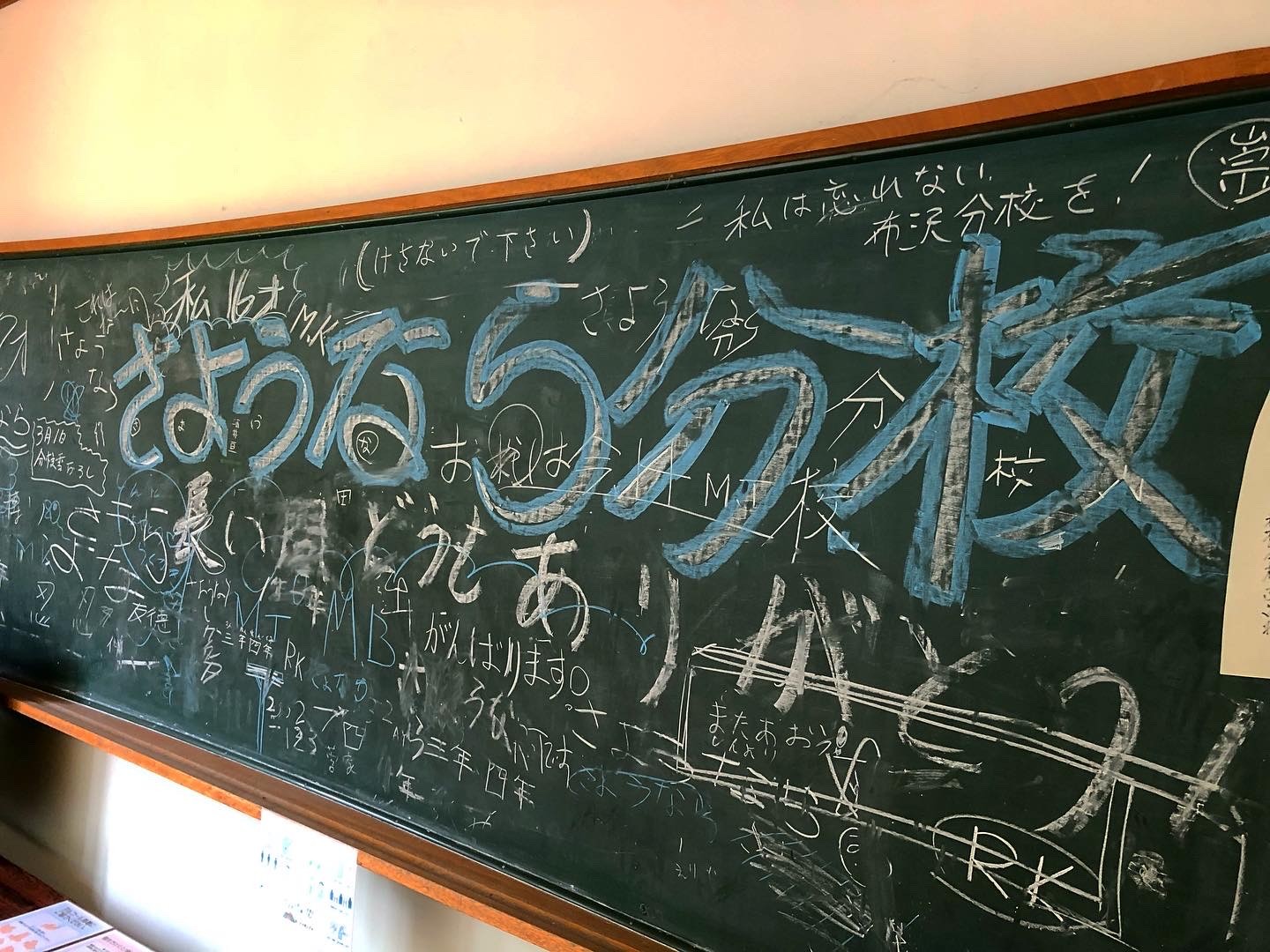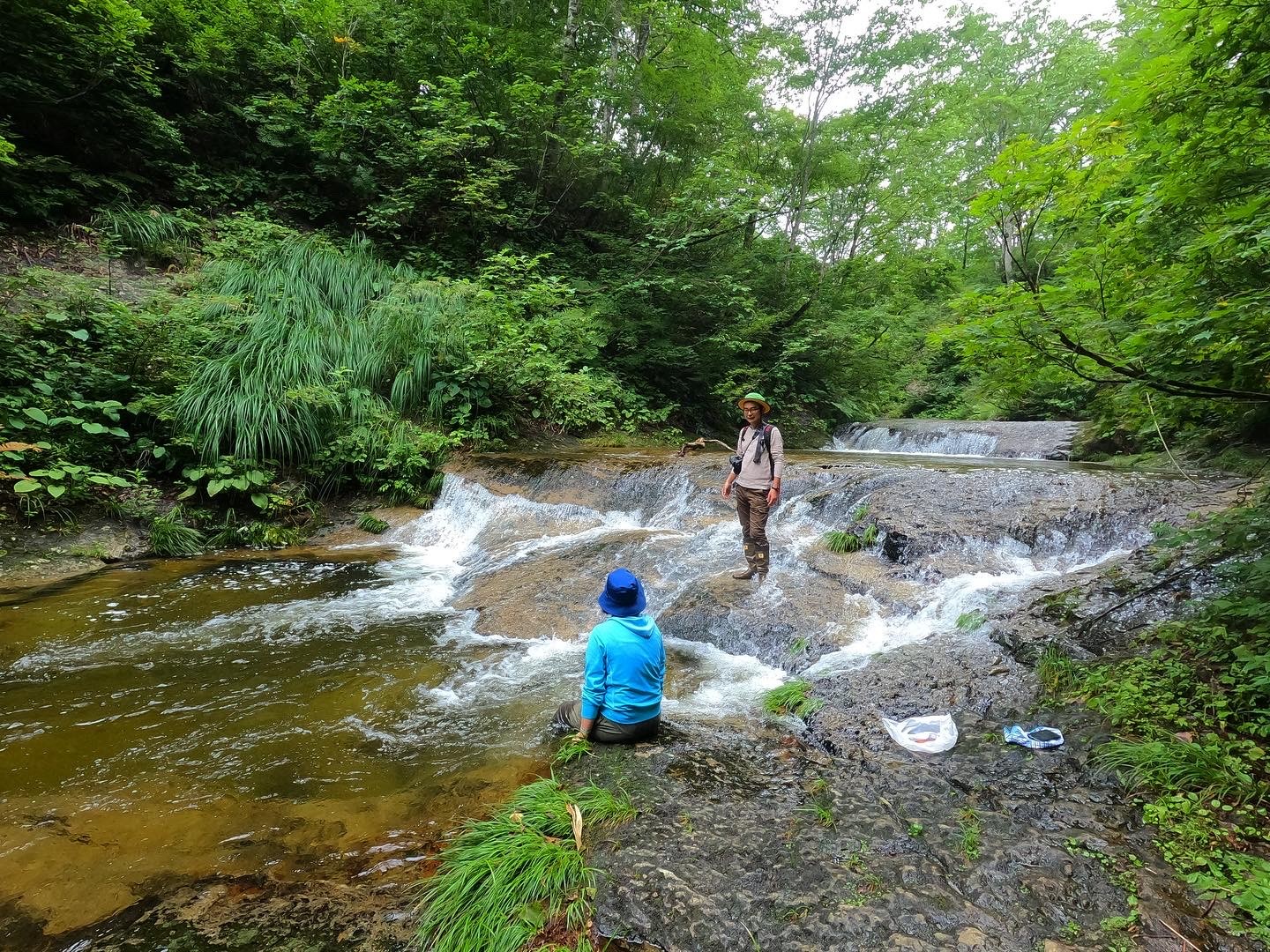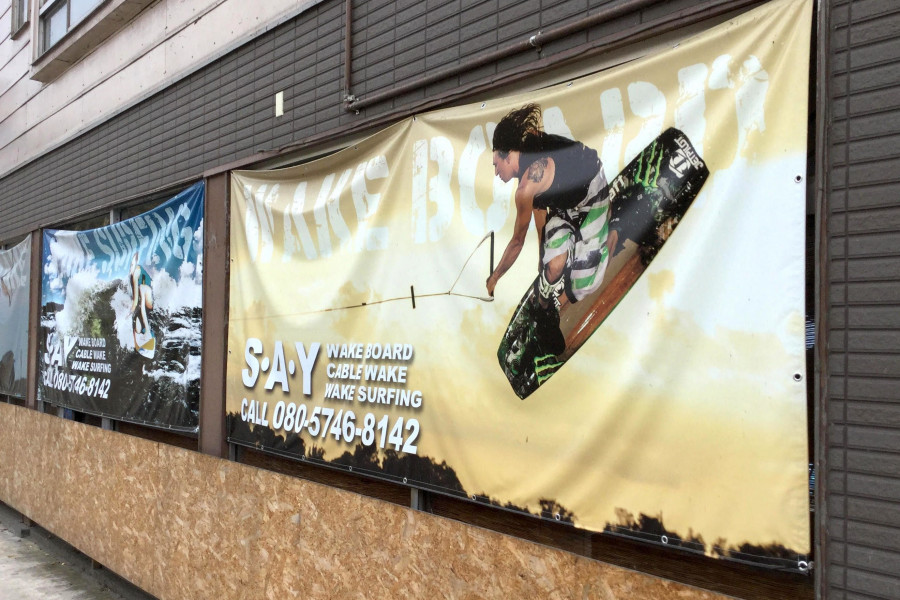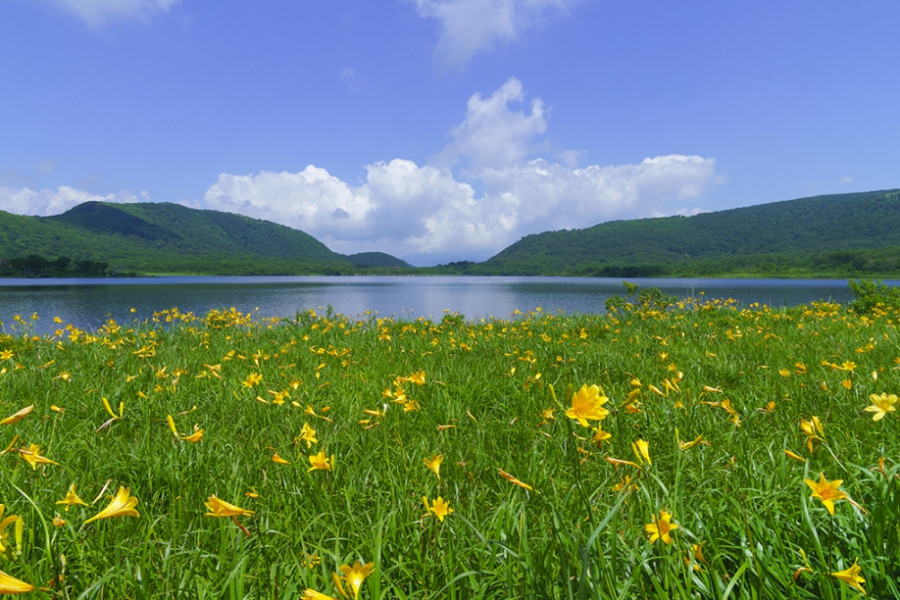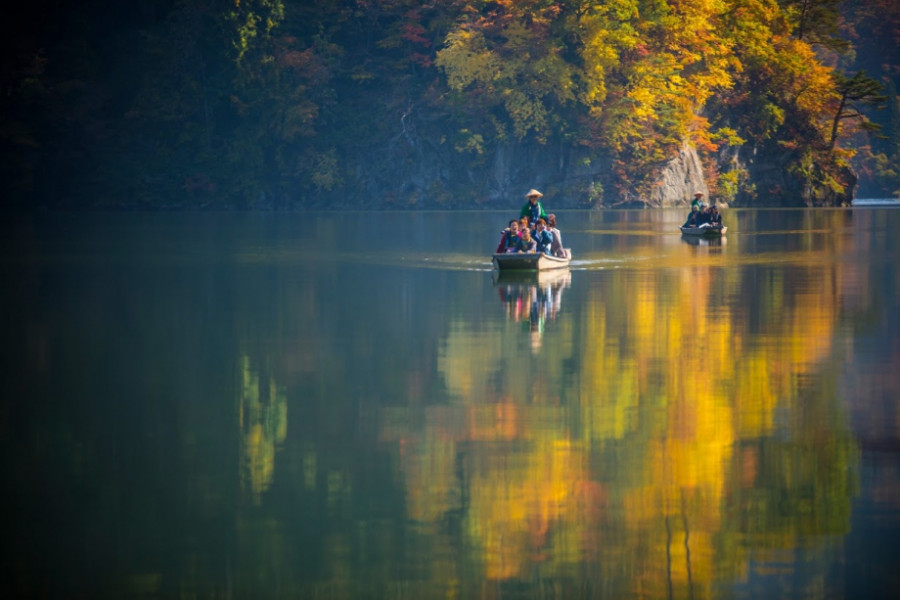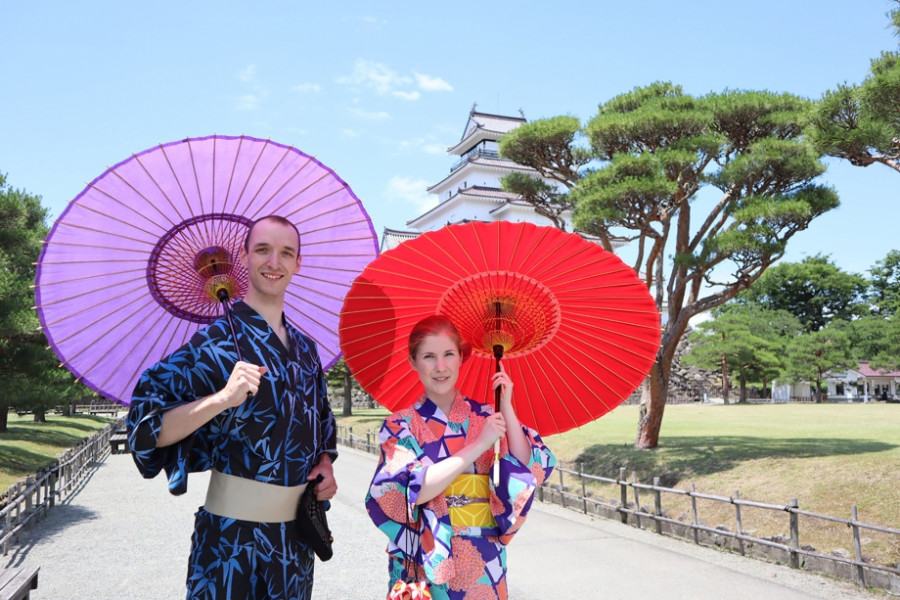
Kimono Experience in Aizu-Wakamatsu City
You can now try on yukata or kimono at Tsuruga Kimono Rental Shop, which opened in April 2019. Tsuruga Kimono Rental Shop is located on the second floor of Tsurugajo Kaikan, which is right next to Tsurugajo Castle in Aizu-Wakamatsu City. Rent a kimono or yukata and take photos with friends and family in front of the castle, or venture a bit further to the historical Nanokamachi-dori Street to feel like you have stepped back in time. Come and make some great memories in Aizu-Wakamatsu City!
